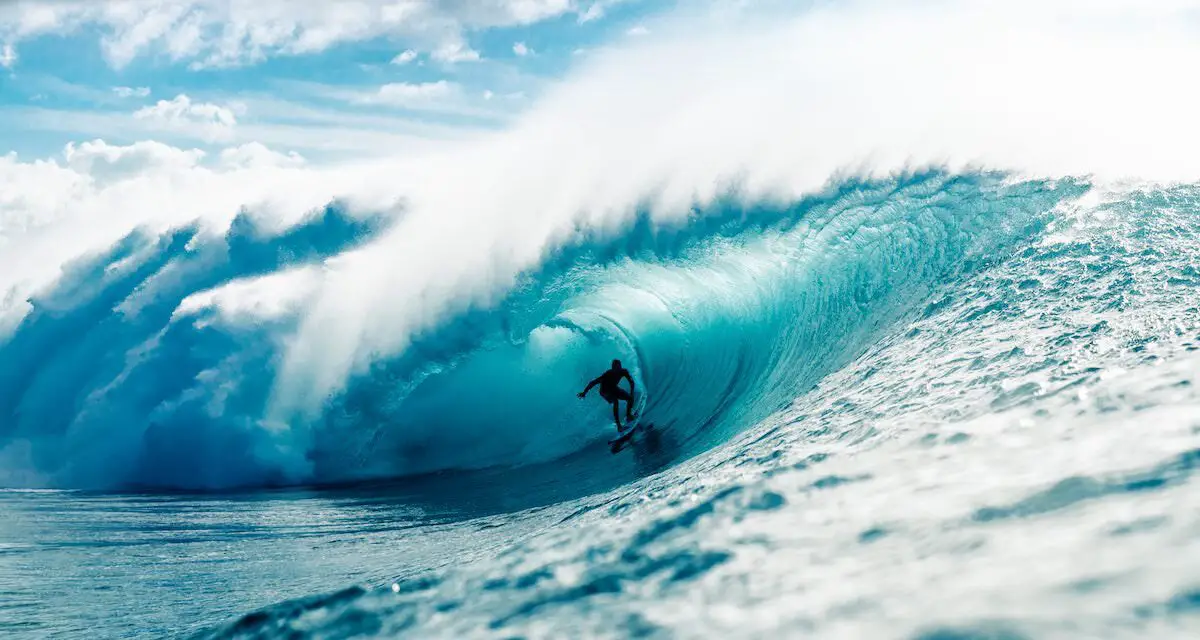The Rule of Thirds Explained
The Rule of Thirds Explained. The rule of thirds is a guideline that applies to a photograph’s composition. The theory behind the rule is that by aligning a subject with the lines and intersections of an image, you can create a more visually appealing and balanced composition.

Rule of thirds explained
How Does The Rule of Thirds Work?
To align your subject using the rule of thirds, imagine your image is divided into nine equal sections by two horizontal and two vertical lines.
Then, position your subject along one of the lines or at one of the intersections. Studies have shown that our eyes are naturally drawn to these areas, so by placing your subject in these areas, you can create a more visually appealing photo.
It might be generational, but think of The Brady Bunch intro when you have nine similar rectangles.
The junction places in your grid where you want to set the focal point of your photo are the corners of the central square, so that’s what that means.
You can achieve an eye-catching photographic composition by balancing your main subject with the negative space in your shot.
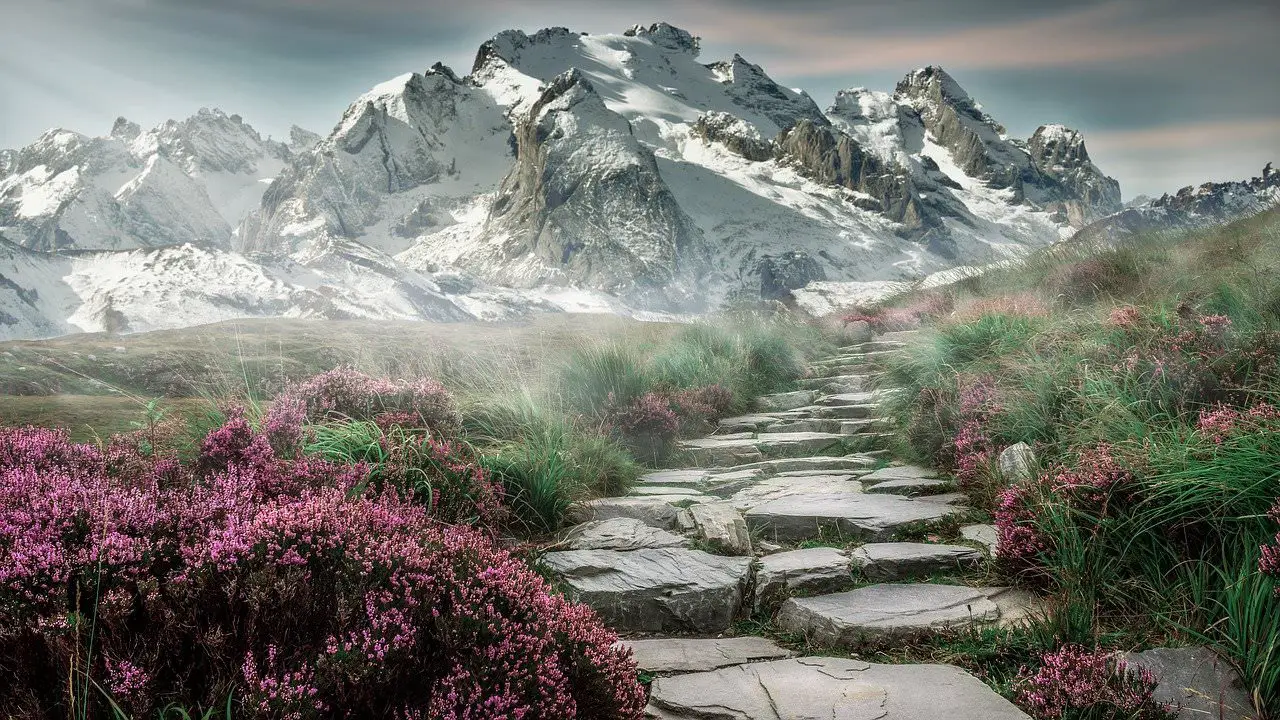
Rule of thirds explained
Quick Tips for Starters
The rule of thirds is one of the most basic and essential principles of composition in photography. By dividing your frame into thirds, both horizontally and vertically, you create a grid that can help you place your subject off-center.
This creates a more balanced and pleasing image to the eye, as our eyes are naturally drawn to the intersections of the lines. The rule of thirds can also be used to create leading lines that draw the viewer’s gaze into the frame.
When used correctly, the rule of thirds can help you create visually appealing images that are more interesting than those composed using the centre-point method. Here are a few quick tips for getting started with the rule of thirds:
- Use a camera or phone with a grid function to help visualize the thirds.
- Place the horizon on one of the horizontal lines for landscapes.
- For portraits, position your subject’s eyes on one of the vertical lines.
- Be aware of other elements in your frame, such as trees or buildings, and use them to create leading lines that lead into your subject.
- Use the rule-of-thirds grid on your camera to practice. Turn it on, and you can see what you’re doing while doing it.” “You eventually get the hang of it.”
- Wedding photographer Anna Goellner advises participants to “go to a church or somewhere and try to take ten good pictures that follow the rule-of-thirds model.” The more you do something, the more deeply it is entrenched in your mind.
- Focus on the eyes: Before you shoot choose where you want your point of focus to be. Author and animal photographer Carli Davidson claims, “I’m always going for the eyes.
Following these simple tips can quickly start incorporating the rule of thirds into your photography and compositional toolkit.
Why Do Photographers Use the Rule of Thirds?
Advocates of the rule claim it produces more pleasing and balanced images, and everyone tends to agree.
While the rule of thirds is by no means set in stone, we find it a useful starting point when composing our shots. It’s a simple way to ensure that your subject is given adequate breathing space, and it can help you create visually-pleasing images with a strong sense of balance.
In addition, the rule of thirds can be used to create leading lines which draw the viewer’s eye into the image. Overall, we feel that the rule of thirds is a helpful tool for any photographer, beginner or expert.
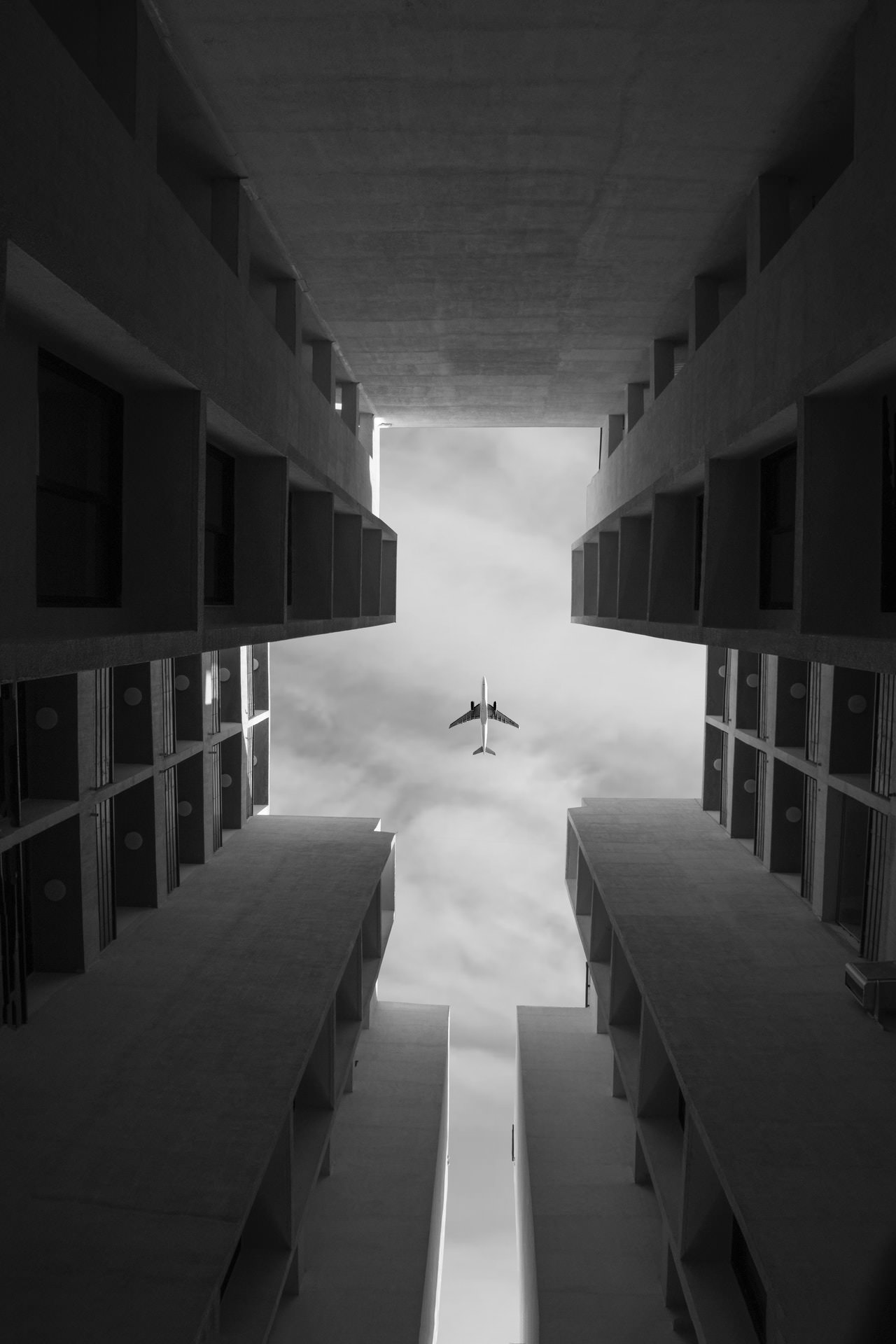
Rule of thirds explained
How Does the Rule Of Thirds Help You With Conveying Your Message?
In addition to creating a more visually appealing composition, the rule of thirds can help you communicate your message more effectively.
For example, if you’re taking a landscape photo, placing the horizon on one of the horizontal lines will create a sense of balance and stability.
On the other hand, if you’re taking a photo of a person, placing them off-centre can create a sense of tension or movement.
By understanding how to use the rule of thirds, you can add another tool to your photography arsenal and take your photos to the next level.
Rule of Thirds In Cinema
The rule of thirds is a composition technique applied to many types of visual media, including movies (video). When applied to cinema, the rule of thirds can help to add interest to otherwise static shots.
It can also highlight certain elements in the frame and draw the viewers’ attention. In short, the rule of thirds is a valuable tool that any filmmaker should be familiar with.
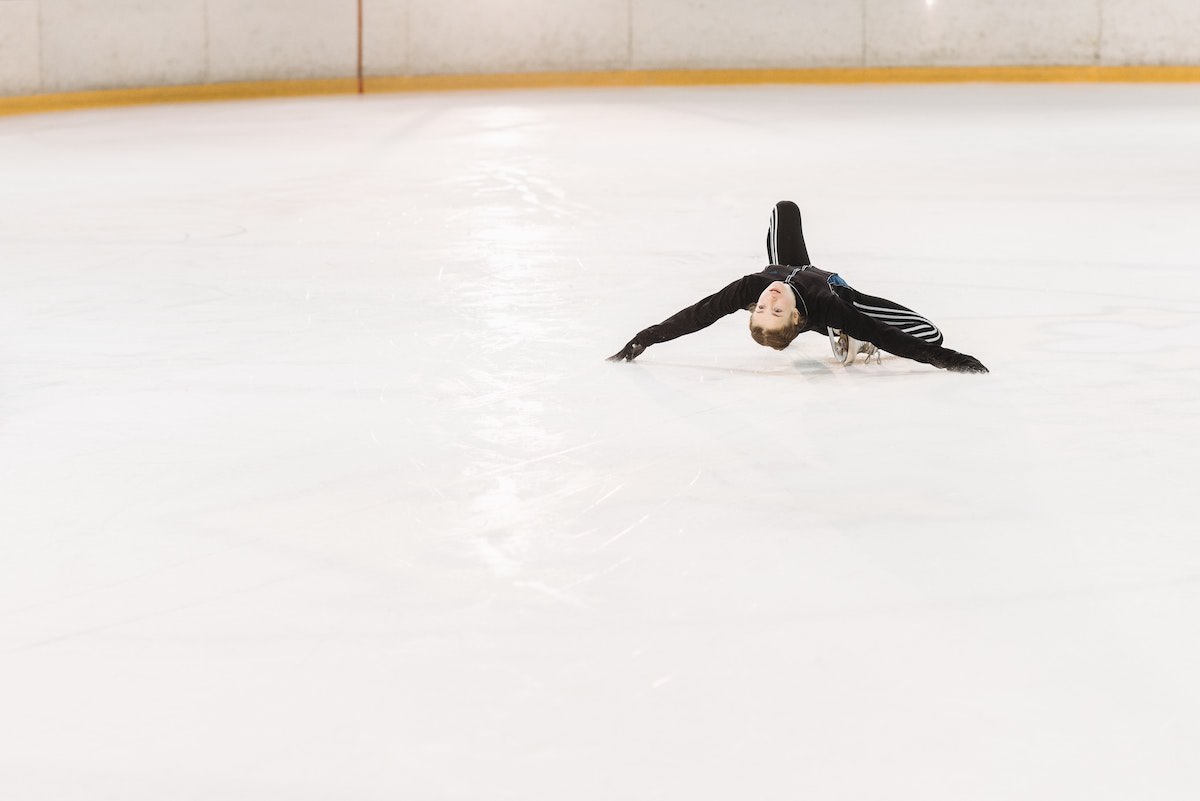
Rule of thirds explained
Breaking The Rule Of Thirds
The rule of thirds can be broken and still produce stunning images. (I actually love doing this as I often break it)
There are times when breaking the rule results in an even stronger composition. So even after learning the rule of 3rds, once you’ve ingrained it in your head, try deviating from it and make sure you break it often.
When photographing symmetrical subjects, learn to break the rule of thirds. The symmetry is even more striking when perfectly centered in the frame. Architecture is a good example. Also imagine photographing a succulent or flower from above.
Final Thoughts
It’s encouraging to know that some of the most fundamental and tried-and-true rules can give you epic photos. However keep in mind that breaking the rules is often fun and can result in better pictures.
The Rule of Thirds, even if it isn’t an actual “rule,” is probably the most simple technique for creating better images. If you are new to photography and struggle with composition, starting with the rule of thirds will guide you in the right direction. Just remember that practice is king.
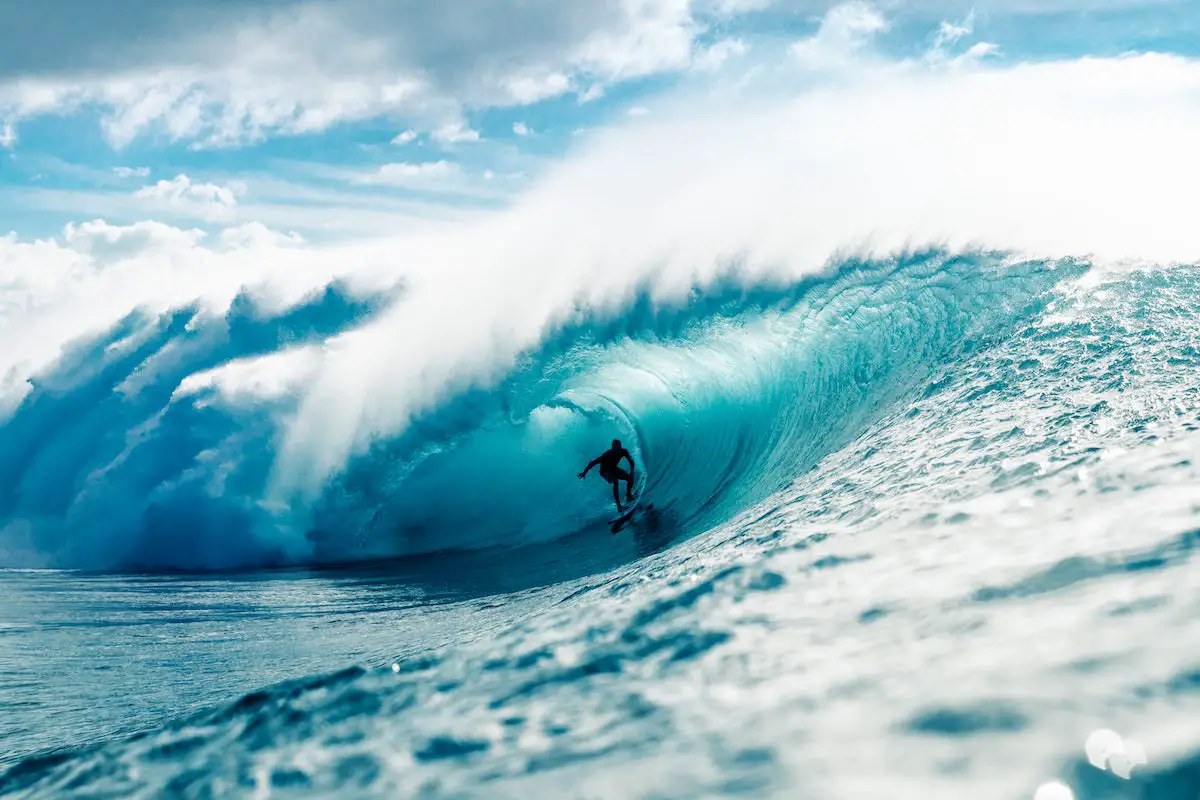
Rule of thirds explained
PHOTOGRAPHY GEAR WE RECOMMEND
The gear we recommend is a good camera and the holy trinity. A wide-angle lens. 14-24mm or something similar. A 24-70mm or something similar and, of course, a 70-200mm or something similar.

